How Local SEO Can Help You Compete with Big Brands
In today’s world, local businesses face a unique challenge. They must compete with global brands that have vast resources at their disposal. Yet, there’s a powerful tool that can level the playing field—local SEO. Local SEO is a subset of search engine optimization, focusing on improving a business’s visibility in local search results. Why is this important? Because local search is becoming more prevalent. Increasingly, people are searching for businesses “near me” to find products and services in their immediate area.

This trend presents a golden opportunity for local businesses. With the right local SEO strategies, they can outrank even the biggest brands in local search results. This article will guide you through the process. It will provide actionable insights and affordable solutions to improve your local search visibility. Whether you’re a small business owner, a local marketer, or a digital marketing professional, this guide is for you.
This guide covers everything from Google My Business to local citations, customer reviews, and local backlinks. It explores the role of content marketing and mobile optimization in local SEO, along with an introduction to the heatmap local SEO 5×5 strategy. This innovative approach can give you a significant edge in local search.

By the end of this guide, you’ll have a comprehensive understanding of local SEO. You’ll be equipped with practical strategies to drive more organic traffic to your business and increase sales. So, are you ready to compete with the big brands? Let’s dive in.
Understanding Local SEO and Its Importance for Small Businesses
Before we delve into the strategies, let’s first understand what local SEO is. Local SEO, or Local Search Engine Optimization, is a digital marketing practice. It’s all about optimizing a website to be better found in local search results.
What is Local SEO?
Think about how you use Google or any other search engine. When you’re looking for a specific service or product near you, you’ll likely include the location in your search. For instance, you might search for “best pizza in New York” or “car repair shop in Los Angeles”. These are local searches. Local SEO is the process of optimizing your online presence to attract more business from these local searches. It involves a variety of strategies.

These strategies range from ensuring your website features in Google’s local search results to managing online ratings and reviews.
Why Local SEO is a Game Changer for Small to Medium-Sized Businesses
Now, why is local SEO so important for small to medium-sized businesses? Firstly, local SEO helps your business become more visible in your local community. This is crucial because the majority of consumers use search engines to find local information. Secondly, local SEO can help you compete with larger, more established brands. Even if you can’t match their budget or resources, you can still outrank them in local search results.

Thirdly, local SEO can drive more organic traffic to your website. This means more potential customers discovering your business. Lastly, local SEO can increase your sales. When people find your business through a local search, they’re more likely to make a purchase. In fact, Google reports that 76% of people who conduct a local search on their smartphone visit a business within 24 hours. And 28% of those searches result in a purchase.
So, local SEO is not just about online visibility. It’s about driving real, tangible results for your business. In the next sections, we’ll explore how you can leverage local SEO to compete with big brands. Let’s get started.
The Role of Google My Business in Local SEO
Google My Business (GMB) is a free tool from Google. It helps businesses manage their online presence across the search engine.
GMB is crucial for local SEO. It allows your business to appear in local search results and on Google Maps. When you search for a business on Google, you often see a box on the right-hand side of the search results. This box, known as the Knowledge Panel, contains information about the business.
This information includes the business’s address, phone number, website link, hours of operation, and customer reviews. All this information is managed through Google My Business. Having a well-optimized GMB profile can significantly improve your local SEO. It can make your business more visible and attractive to potential customers. Moreover, Google My Business offers valuable insights. These insights can help you understand how customers find your business and what actions they take.

Setting Up and Optimizing Your Google My Business Profile
Setting up your Google My Business profile is straightforward. You start by claiming your business listing on Google.
Once you’ve claimed your listing, you can start optimizing your profile. This involves adding as much information about your business as possible. Ensure your business name, address, and phone number (NAP) are accurate. Also, add your business hours and a link to your website.
Choose the right business category. This helps Google understand what your business does. Upload high-quality photos of your business. This includes exterior and interior photos, photos of your team, and photos of your products or services. Encourage your customers to leave reviews on your GMB profile. Respond to these reviews, both positive and negative, in a professional manner. Finally, keep your GMB profile updated. If your business hours change or you move to a new location, update this information on your profile.
Leveraging Google Posts and Q&A for Enhanced Engagement
Google My Business also offers features like Google Posts and Q&A. These features can enhance customer engagement. Google Posts allows you to share updates, offers, and events directly on your GMB profile. These posts appear in your business’s Knowledge Panel and can attract more attention. The Q&A feature allows customers and potential customers to ask questions about your business. Make sure to monitor this section and respond to questions promptly.
Both these features can help you engage with your local audience. They can also provide additional information that can make your business more appealing.
NAP Consistency and Its Impact on Local SEO
NAP stands for Name, Address, and Phone number. It’s a critical factor in local SEO.
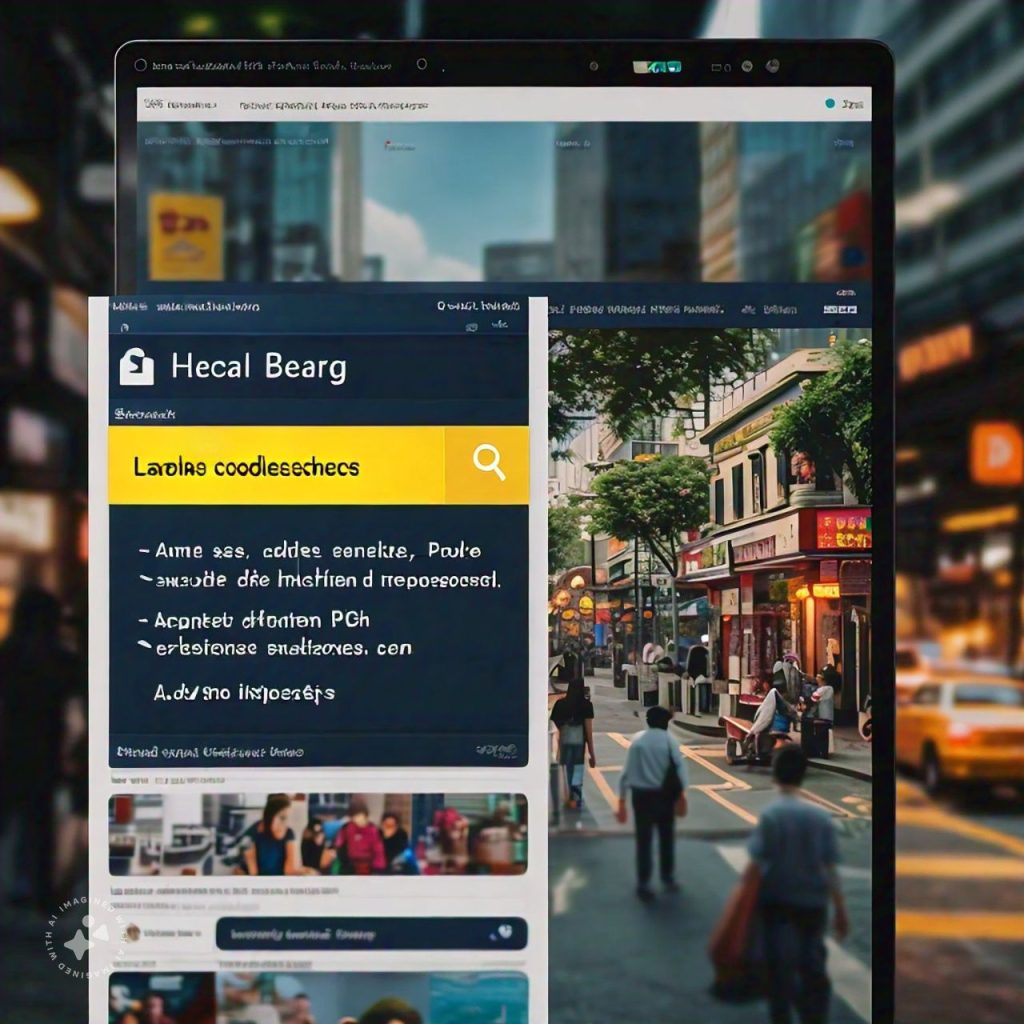
Google uses NAP information to determine which businesses to show for geo-targeted searches. So, if your NAP information is incorrect or inconsistent, it can hurt your local SEO. Inconsistent NAP information can confuse Google. It can also confuse potential customers. For example, if a customer finds your business on a directory site but the phone number listed there is incorrect, they may not be able to contact you. This can lead to lost business opportunities.
Moreover, consistent NAP information across the web can improve your business’s credibility. It can make your business appear more trustworthy to both Google and potential customers. Therefore, it’s crucial to ensure your NAP information is accurate and consistent across all platforms. This includes your website, social media profiles, and online directories.

How to Ensure Your Business Information is Accurate Across the Web
Ensuring your business information is accurate across the web can be a daunting task. But it’s essential for local SEO. Start by conducting a NAP audit. Check all the places where your business information is listed. Make sure your business name, address, and phone number are correct and consistent. Pay attention to details like abbreviations and suite numbers.
If you find any inconsistencies or errors, correct them as soon as possible. Most online directories allow businesses to claim their listings and update their information. Remember, NAP consistency is not a one-time task. You should regularly check and update your business information. This is especially important if you move to a new location or change your phone number.

By ensuring your NAP information is accurate and consistent, you can improve your local SEO. You can also provide a better experience for your potential customers.
Building Local Citations and Managing Online Directories
Local citations are online mentions of your business. They can significantly impact your local SEO.

Citations can come from various sources. These include business directories, social platforms, and websites. Google uses local citations to validate and update its own business listings. So, having accurate and consistent citations can improve your local search rankings. Building local citations can also increase your online visibility. It can help potential customers discover your business.
However, managing local citations can be challenging. It requires regular monitoring and updating. You also need to ensure your business information is consistent across all citations. This includes not only your NAP information but also other details like your business hours and services.
The Importance of Local Citations for SEO
Local citations play a crucial role in local SEO. They can influence both your local search rankings and online reputation. Google uses local citations to verify the accuracy of your business information. If your citations are consistent, it can boost your credibility in Google’s eyes. Citations can also provide valuable backlinks to your website. While not all citations include a link, those that do can improve your SEO.
Moreover, local citations can increase your online visibility. They can help potential customers find your business. Finally, local citations can enhance your online reputation. Positive reviews on citation sites can attract more customers to your business.
How to Find and Fix Incorrect Citations
Finding and fixing incorrect citations can be a time-consuming task. But it’s essential for local SEO. Start by conducting a citation audit. Use tools like Moz Local or BrightLocal to find all the places where your business is listed. Check each citation for accuracy and consistency. Pay attention to details like spelling, abbreviations, and formatting. If you find any incorrect citations, contact the site owner or use the site’s update process to correct them. Some sites may require verification before they update your information.
Remember, citation management is an ongoing task. You should regularly check your citations and fix any errors. This can help maintain your local SEO and online reputation.
Crafting a Local Content Marketing Strategy
A local content marketing strategy is key to successful local SEO. It helps you connect with your local audience. Your content should be relevant to your local customers. It should address their needs and interests. Local content can take many forms. It can be blog posts, videos, infographics, or social media updates. The key is to provide value. Your content should inform, entertain, or inspire your audience.
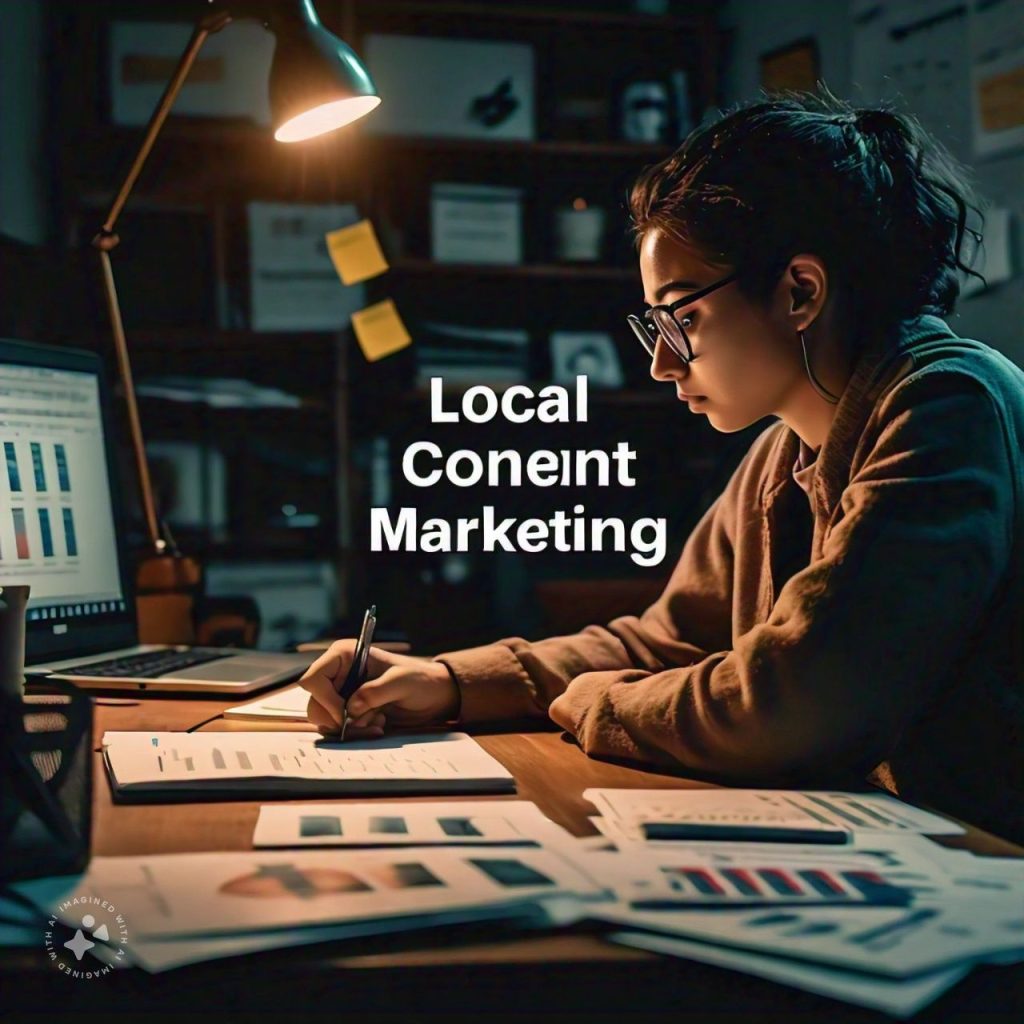
Local content can also boost your local search rankings. By using local keywords and references, you can signal to Google that your content is relevant to local searches. Moreover, local content can increase your online visibility. It can attract more local traffic to your website. Finally, local content can enhance your online reputation. By providing valuable content, you can position your business as a local authority.
Identifying and Targeting Local Keywords
Local keywords are crucial for local SEO. They can help your content rank in local searches. Start by conducting local keyword research. Use tools like Google Keyword Planner or SEMrush to find keywords that are relevant to your business and location. Consider the search intent behind each keyword. Are people looking for information, a product, or a service?
Also, consider the competition for each keyword. It might be easier to rank for long-tail keywords with lower competition. Once you have a list of local keywords, incorporate them into your content. Use them in your titles, headings, and body text. But remember, don’t overdo it. Keyword stuffing can harm your SEO.

Creating Content That Resonates with a Local Audience
Creating content that resonates with a local audience can boost your local SEO. It can also increase your engagement and conversions. Start by understanding your local audience. What are their needs, interests, and concerns? Then, create content that addresses these points. Use a local angle to make your content more relevant and engaging. For example, if you run a local bakery, you could write a blog post about the best picnic spots in your area and include a mention of your pastries.
Also, consider the local culture and events. Can you tie your content to local holidays, festivals, or trends? Finally, encourage local engagement. Ask for comments, shares, and reviews. This can boost your local SEO and online reputation.
The Power of Customer Reviews in Local SEO
Customer reviews are a powerful tool in local SEO. They can significantly impact your local search rankings.
Google considers reviews as a signal of trust and credibility. A business with many positive reviews is likely to rank higher in local search results. Reviews also influence customer behavior. According to a survey by BrightLocal, 82% of consumers read online reviews for local businesses. Moreover, reviews can provide valuable feedback. They can help you understand your customers’ needs and improve your products or services.

Finally, reviews can enhance your online reputation. Positive reviews can attract more customers and increase your sales. However, managing reviews can be challenging. It requires a proactive approach and excellent customer service skills.
Strategies for Earning More Local Reviews
Earning more local reviews starts with providing excellent customer service. Happy customers are more likely to leave positive reviews. You can also ask your customers for reviews. Send them an email or a text message after their purchase. Make it easy for your customers to leave a review. Provide a direct link to your Google My Business or Yelp page.
Consider offering incentives for reviews. For example, you could offer a discount or a freebie in exchange for a review. However, be careful not to violate the review platforms’ policies. For example, Google prohibits businesses from offering incentives for reviews. Finally, respond to all reviews, both positive and negative. This shows that you value your customers’ feedback.
Managing and Responding to Reviews
Managing and responding to reviews is crucial for local SEO. It can improve your online reputation and customer satisfaction. Start by monitoring your reviews regularly. Use tools like Google Alerts or ReviewTrackers to stay updated. Respond to all reviews, both positive and negative. Thank your customers for their positive reviews. For negative reviews, apologize and offer a solution. This can turn a negative experience into a positive one.
Avoid arguing with customers online. Instead, take the conversation offline and resolve the issue privately. Finally, learn from your reviews. Use the feedback to improve your products or services.
Local Backlinks: Boosting Your Local SEO Authority
Backlinks play a crucial role in local SEO. They are links from other websites that point to your site.
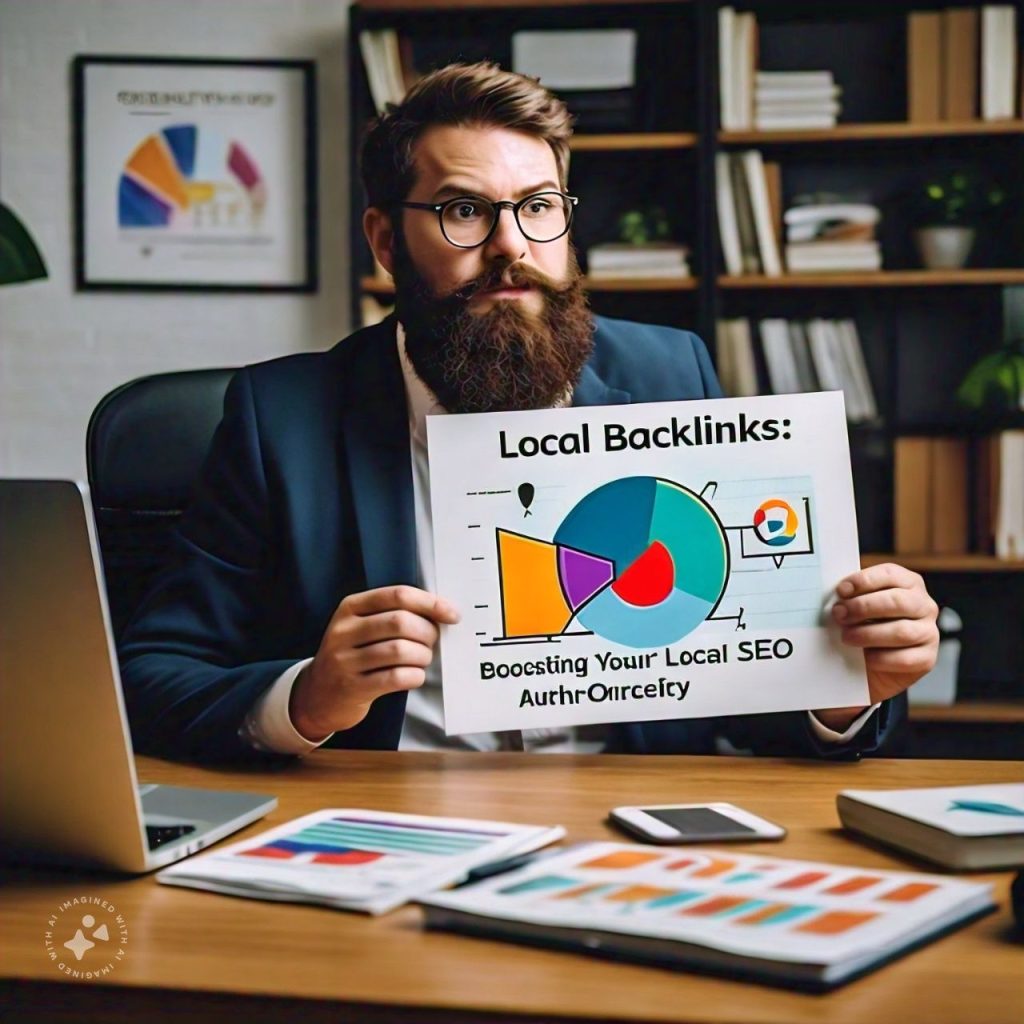
Google views backlinks as votes of confidence. If many reputable local websites link to your site, Google will consider your site as trustworthy and relevant. This can significantly boost your local search rankings. However, not all backlinks are created equal. The quality of the backlinks matters more than the quantity. A few high-quality backlinks from reputable local websites can be more beneficial than hundreds of low-quality backlinks. So, how can you acquire quality local backlinks? Let’s explore some strategies.
How to Acquire Quality Local Backlinks
Start by creating high-quality, local-focused content. This can attract local websites to link to your content. You can also reach out to local bloggers or influencers. Offer them valuable content or a unique story about your business. Consider guest posting on local websites. This can provide you with a platform to showcase your expertise and earn a backlink.
Participate in local community events or charities. They might feature your business on their website and provide a backlink. Finally, monitor your backlinks regularly. Use tools like Google Search Console or Ahrefs to track your backlinks.
The Role of Local Partnerships and Sponsorships
Local partnerships and sponsorships can be a great way to earn quality local backlinks. By partnering with local businesses or sponsoring local events, you can increase your local visibility. This can lead to more local backlinks and higher local search rankings. Moreover, local partnerships and sponsorships can strengthen your local community ties.

This can enhance your local reputation and customer loyalty. However, choose your local partnerships and sponsorships carefully. Make sure they align with your brand values and target audience.
Mobile Optimization: Catering to the Local Mobile User
Mobile optimization is a key aspect of local SEO. With the rise of smartphones, more people are using mobile devices to search for local businesses.

Google has also shifted to mobile-first indexing. This means Google predominantly uses the mobile version of a website for indexing and ranking. Therefore, having a mobile-friendly website is no longer optional. It’s a necessity for local SEO. A mobile-friendly website not only improves your local search rankings but also enhances user experience.
It makes it easier for mobile users to navigate your website and find the information they need. This can lead to higher engagement, lower bounce rates, and more conversions. Let’s delve deeper into the importance of a mobile-friendly website for local SEO and how to optimize for local mobile searches.
The Importance of a Mobile-Friendly Website for Local SEO
A mobile-friendly website is crucial for local SEO. It can significantly impact your local search rankings. Google prefers mobile-friendly websites for mobile searches. If your website is not mobile-friendly, it can hurt your mobile search rankings.
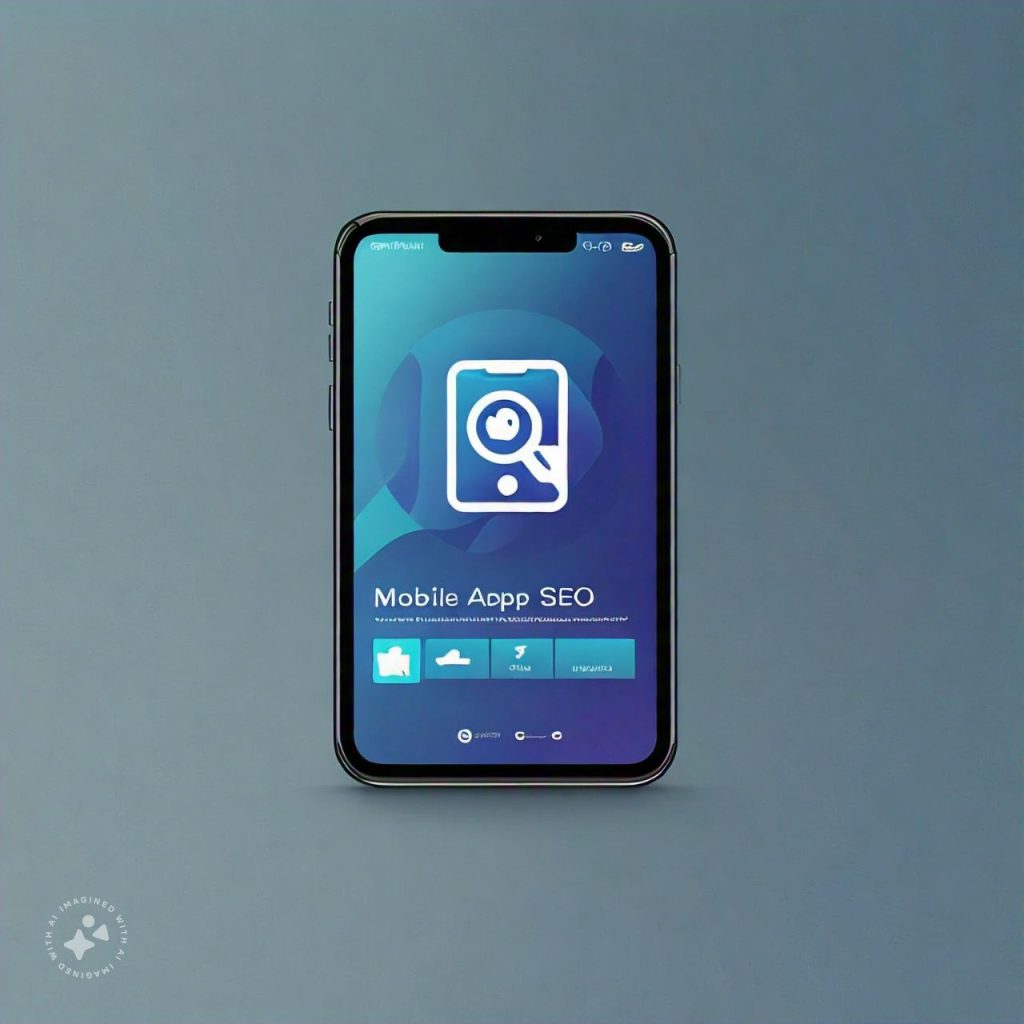
Moreover, mobile users have different search behaviors than desktop users. They often look for quick, local information. If your website is not mobile-friendly, you might lose these potential customers to your competitors. Therefore, a mobile-friendly website is not just important for SEO, but also for user experience and conversions.
How to Optimize for Local Mobile Searches
Optimizing for local mobile searches involves several steps. First, ensure your website is responsive. It should display properly on all devices, regardless of screen size. Next, optimize your website speed. Mobile users expect fast-loading websites. Use tools like Google PageSpeed Insights to check your website speed.

Also, make your content easy to read on mobile devices. Use large fonts, short paragraphs, and clear headings. Finally, make your call-to-action buttons easy to click on mobile devices. They should be large enough and spaced properly.
Utilizing Heatmap Analysis for Local SEO (Heatmap Local SEO 5×5)
Heatmap analysis is a powerful tool for local SEO. It provides visual data on how users interact with your website.
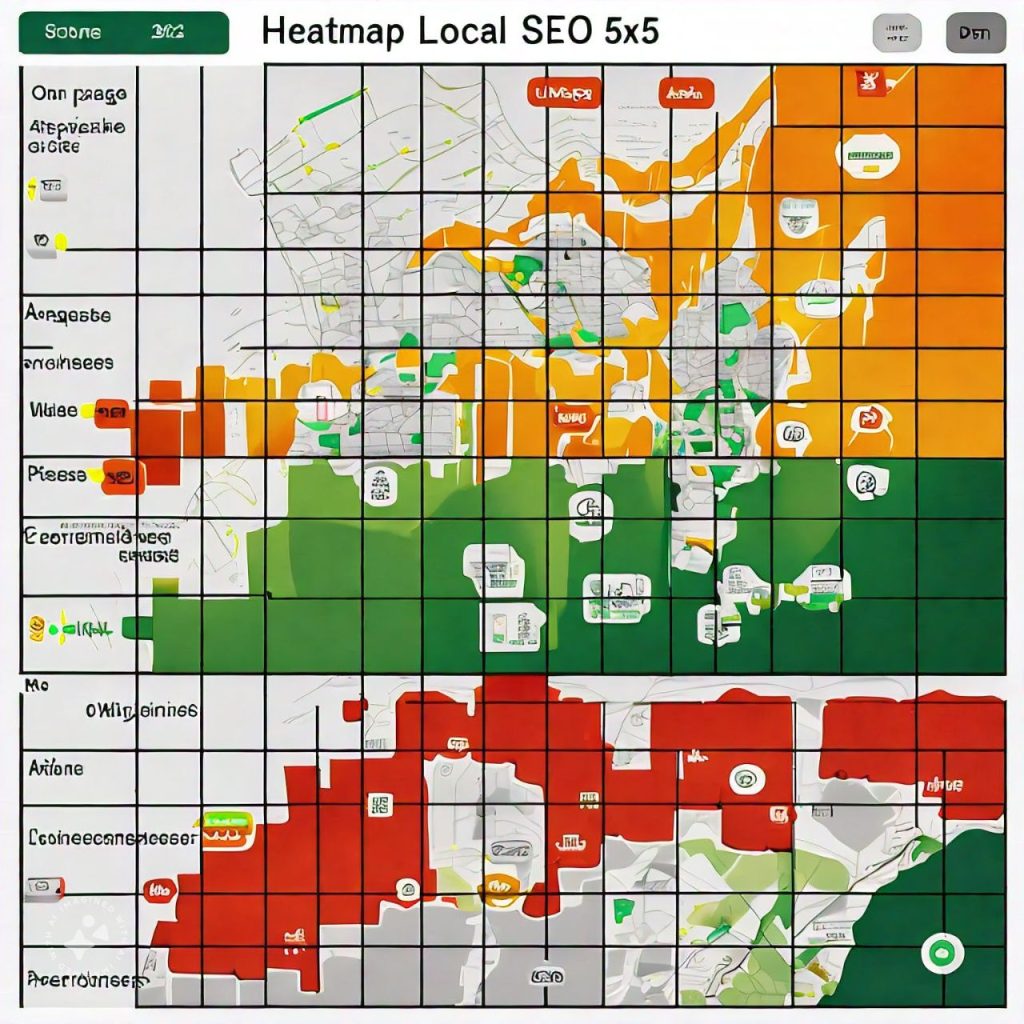
Heatmaps can show where users click, how far they scroll, and what they ignore. This data can help you optimize your website for better user experience and conversions. For instance, if a key call-to-action is being ignored, you might need to make it more prominent. Heatmap analysis can also help you understand how local users interact with your website. This can inform your local SEO strategies.
For example, if local users are more likely to click on certain types of content, you can create more of that content. Let’s explore how to understand heatmap data and how to implement the heatmap local SEO 5×5 strategy.
Understanding Heatmap Data and Improving User Experience
Understanding heatmap data is crucial for improving user experience. Heatmaps can provide valuable insights into user behavior. For instance, click heatmaps show where users click the most. This can help you identify popular content or navigation issues. Scroll heatmaps show how far users scroll down a page. This can help you determine where to place important content.
Heatmaps can also show whether users are interacting with your local content. If not, you might need to make your local content more engaging. By understanding heatmap data, you can make data-driven decisions to improve user experience and local SEO.
Implementing the Heatmap Local SEO 5×5 Strategy
The heatmap local SEO 5×5 strategy is a method of using heatmap data to optimize your website for local SEO. First, identify the top five pages that local users visit the most. Next, use heatmap data to optimize these pages. This could involve improving navigation, making content more engaging, or making calls-to-action more prominent.

By focusing on the top five pages, you can make significant improvements to your local SEO with minimal effort. Remember, the goal is to improve user experience for local users. This can lead to higher engagement, more conversions, and better local search rankings.
Measuring and Tracking Your Local SEO Success
Measuring and tracking your local SEO success is crucial. It helps you understand what’s working and what’s not.

By tracking your performance, you can make data-driven decisions. This can lead to more effective local SEO strategies. There are several key performance indicators (KPIs) for local SEO. These include local search rankings, website traffic, and conversions. It’s also important to track customer reviews and local citations. These can impact your local search rankings.
There are also several tools and techniques for local SEO analytics. These can help you track your performance and gain insights. Let’s explore the key performance indicators for local SEO and the tools and techniques for local SEO analytics.
Key Performance Indicators for Local SEO
Local search rankings are a key performance indicator for local SEO. If you’re ranking high for local keywords, your local SEO strategies are likely effective. Website traffic is another important KPI. If your local SEO strategies are effective, you should see an increase in local traffic.
Conversions are also crucial. These could be online purchases, form submissions, or phone calls. Customer reviews can also indicate local SEO success. More positive reviews can lead to higher local search rankings. Finally, local citations can impact your local SEO. If your business information is consistent across the web, it can improve your local search rankings.

Tools and Techniques for Local SEO Analytics
There are several tools for local SEO analytics. Google Analytics is a powerful tool for tracking website traffic and conversions. Google My Business provides insights into how users find and interact with your business listing. Moz Local and BrightLocal can help you manage and track local citations. Review platforms like Yelp and TripAdvisor can provide insights into customer reviews. Finally, heatmap tools like Crazy Egg can provide insights into user behavior. By using these tools and techniques, you can measure and track your local SEO success.
Affordable Local SEO Solutions for Budget-Conscious Businesses
Local SEO doesn’t have to be expensive. There are affordable solutions that can help small businesses compete with big brands.

These solutions can help you improve your local search visibility. They can also drive more organic traffic to your website. By implementing affordable local SEO strategies, you can increase your sales. You can also build a strong online presence in your local market.
In this section, we’ll explore how to implement local SEO strategies without breaking the bank. We’ll also share resources and tools for affordable local SEO. Let’s get started.
How to Implement Local SEO Strategies Without Breaking the Bank
Local SEO doesn’t have to be costly. There are several strategies you can implement without breaking the bank. First, optimize your Google My Business profile. This is a free tool that can significantly improve your local search visibility. Second, ensure your NAP (Name, Address, Phone number) information is consistent across the web. This can improve your local search rankings.
Third, encourage your customers to leave reviews. Positive reviews can boost your local search rankings. Fourth, create local content. This can help you rank for local keywords. Finally, build local citations. These can improve your local search visibility. By implementing these strategies, you can improve your local SEO without spending a fortune.

Resources and Tools for Affordable Local SEO
There are several resources and tools for affordable local SEO. Google My Business is a free tool that can significantly improve your local search visibility. Moz Local and BrightLocal are affordable tools for managing and tracking local citations. Canva is a free tool for creating engaging social media posts. This can help you build a strong online presence in your local market.
Finally, Google Analytics is a powerful tool for tracking your local SEO performance. By using these resources and tools, you can implement effective local SEO strategies without breaking the bank.

Conclusion: The Future of Local SEO for Small Businesses
Local SEO is not just a trend. It’s a powerful strategy that can help small businesses compete with big brands. In the future, local SEO will become even more important. As more people use mobile devices to search for local businesses, local SEO will become a key factor in business success. By implementing effective local SEO strategies, small businesses can improve their local search visibility. They can also drive more organic traffic to their website and increase sales.
Embracing Local SEO for Long-Term Success
Local SEO is not a one-time effort. It requires continuous optimization and monitoring. By embracing local SEO, small businesses can achieve long-term success. They can build a strong online presence in their local market and compete with big brands. So, start implementing local SEO strategies today and prepare for a successful future.
Next Steps for Enhancing Your Local SEO Strategy
Now that you understand the importance of local SEO, it’s time to take action. Start by optimizing your Google My Business profile and ensuring your NAP information is consistent across the web. Then, encourage your customers to leave reviews and create local content. Finally, build local citations and track your local SEO performance. By taking these steps, you can enhance your local SEO strategy and compete with big brands.


